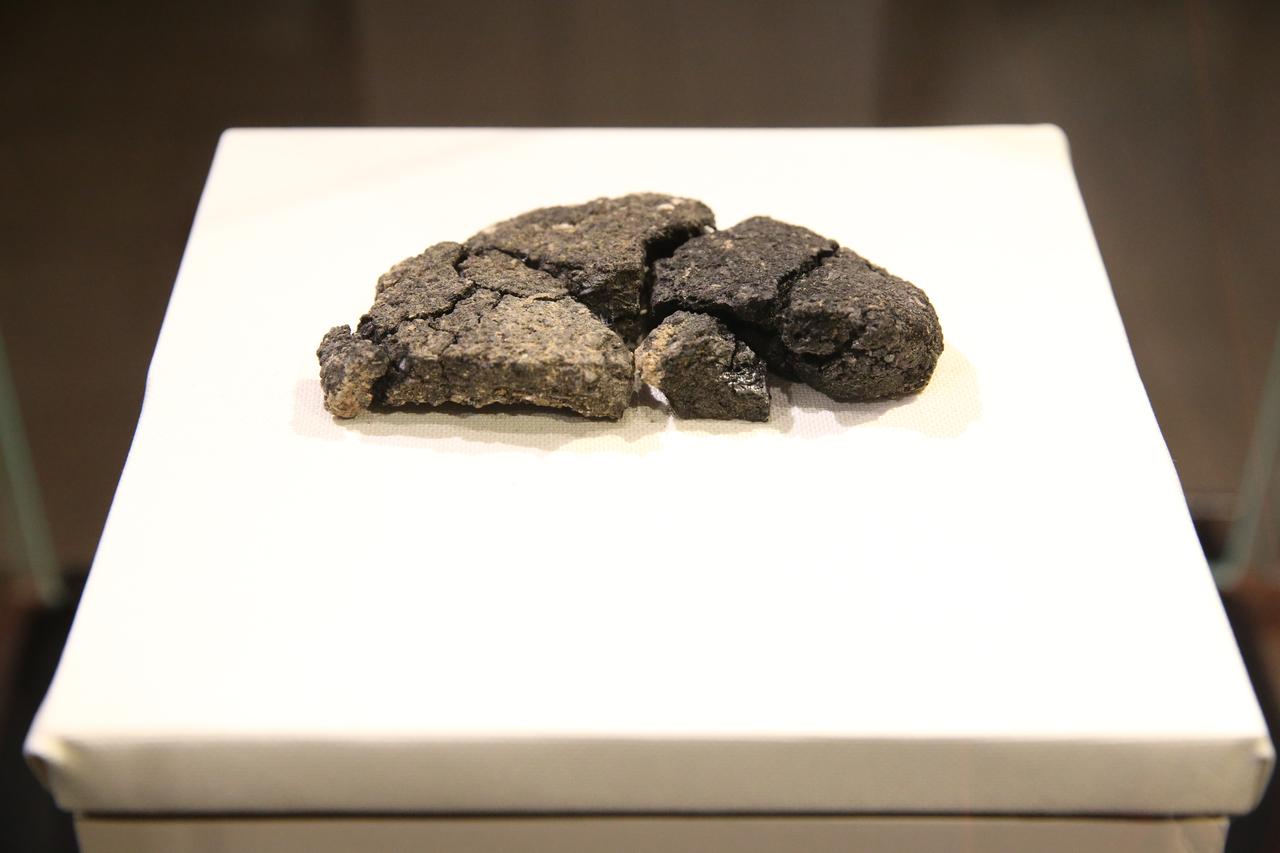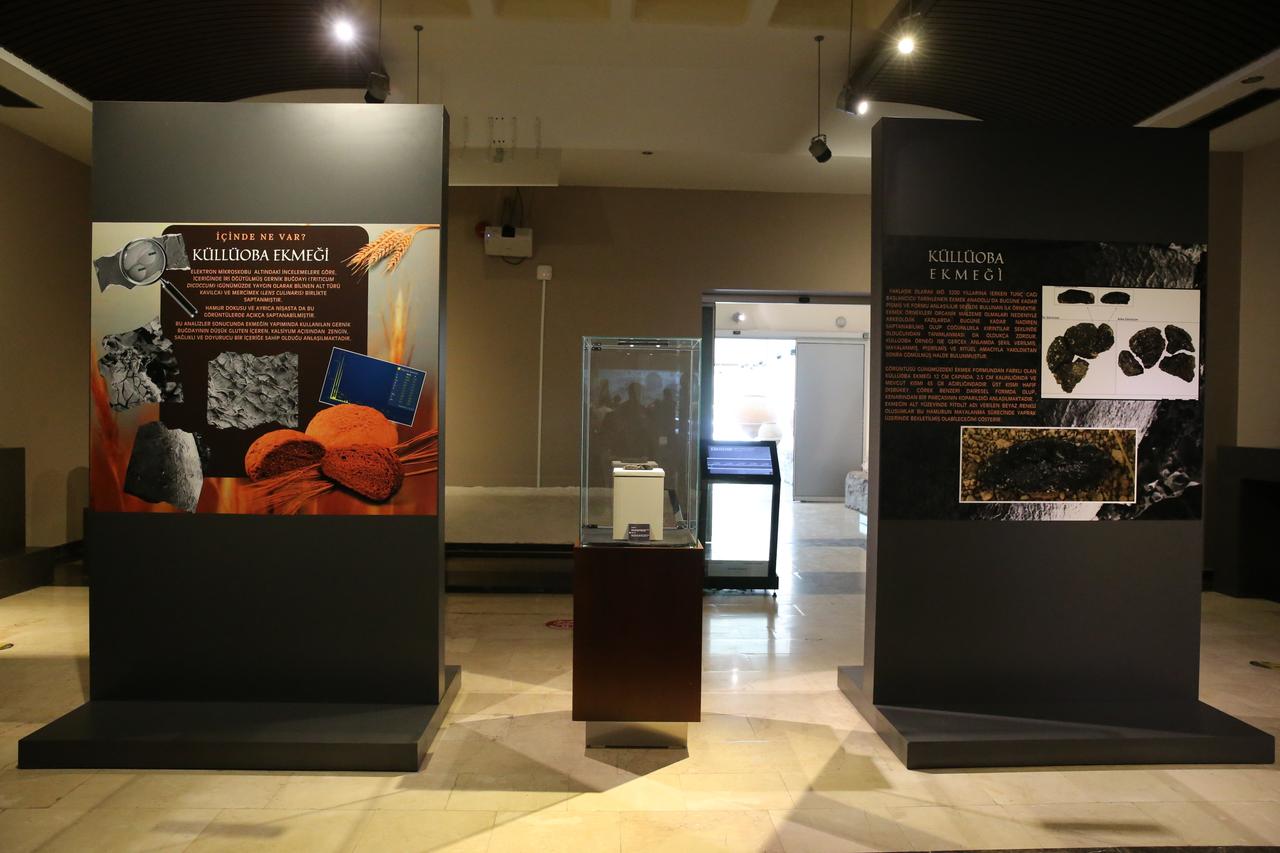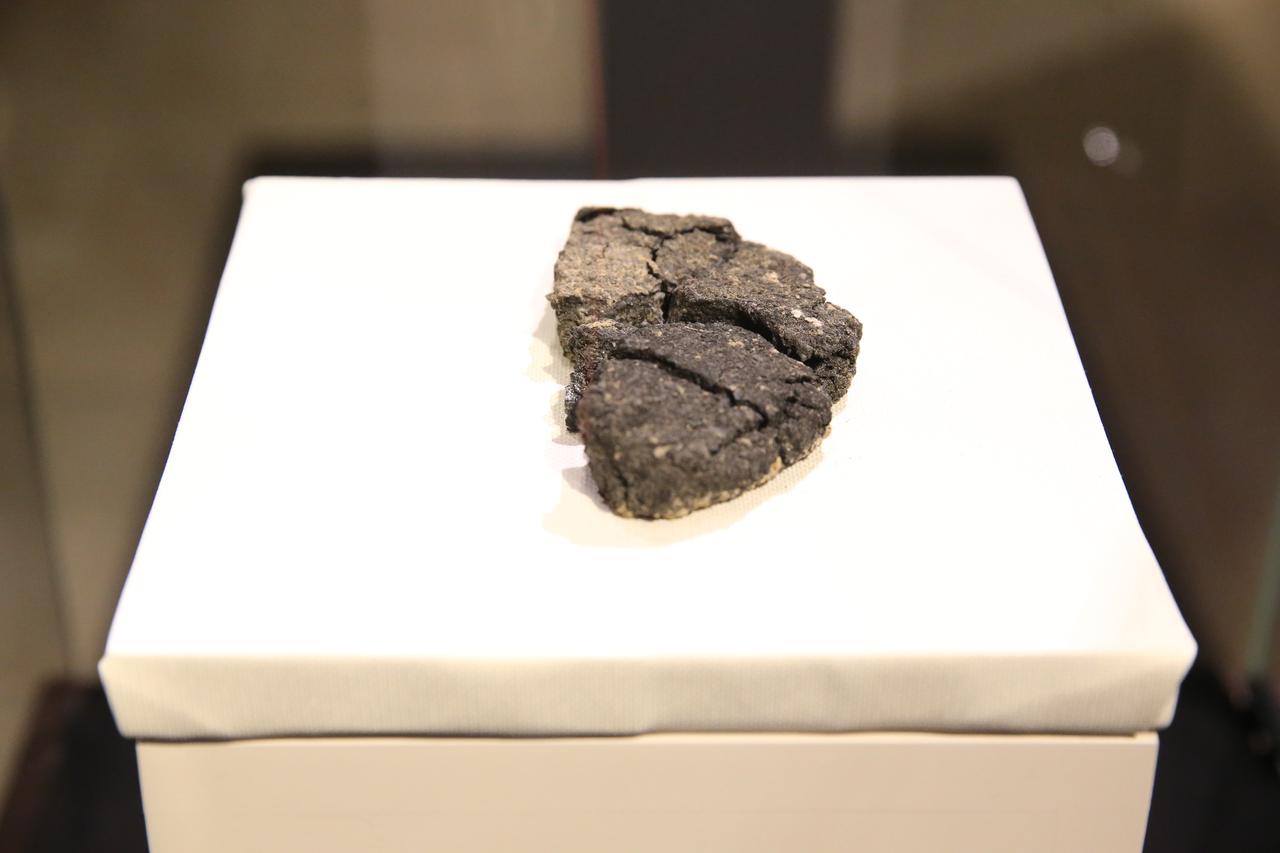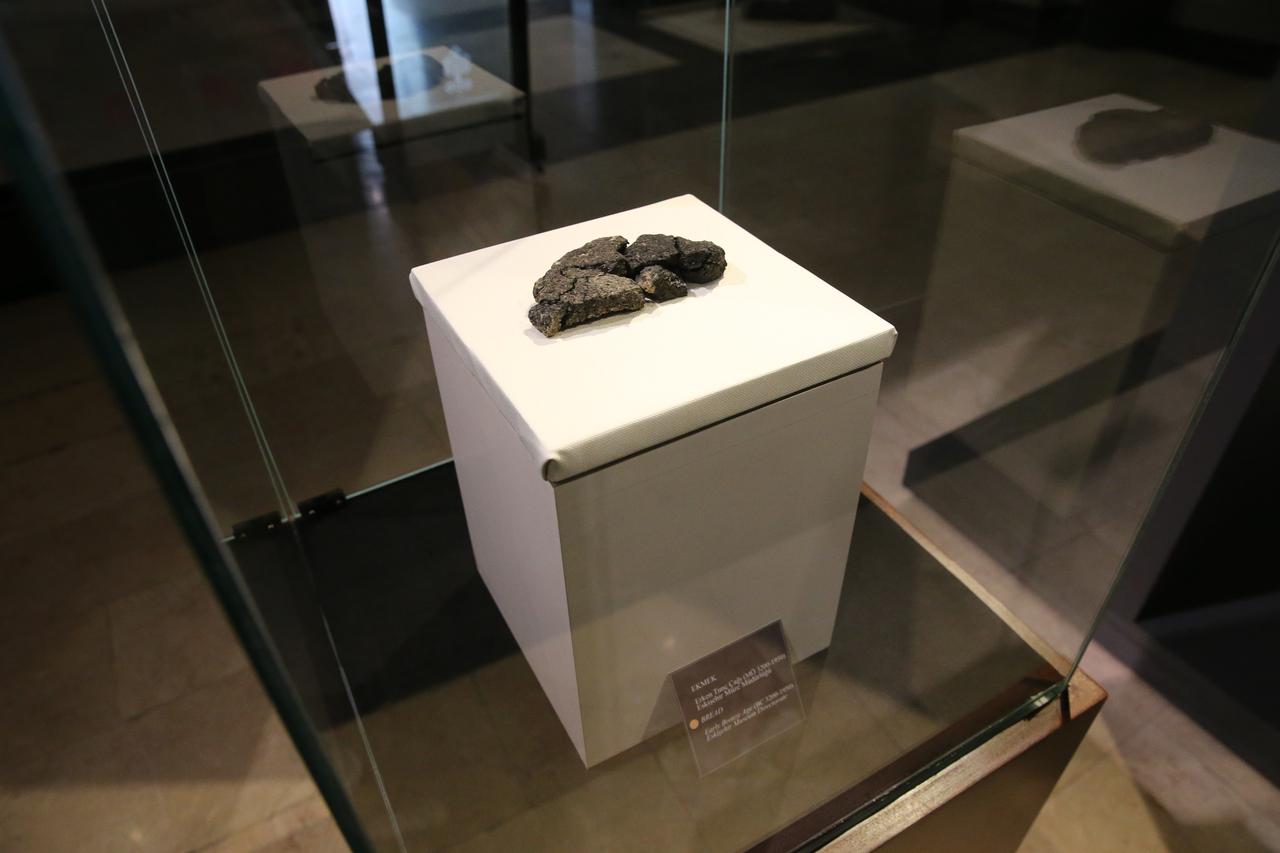
A 5,000-year-old loaf of bread uncovered in Türkiye’s Eskisehir province has been introduced to the public, marking one of the earliest known examples of baked, fermented bread from Anatolia.
The discovery, made during excavations at Kulluoba Mound in the Seyitgazi district, was presented at the International Museum Day opening ceremony held at the ETI Archaeology Museum.
Speaking at the event, Governor Huseyin Aksoy emphasized Eskisehir’s role as a host to numerous ancient civilizations and the province’s ongoing efforts to reveal and share this legacy through systematic excavations.
“Excavations continue at five archaeological sites in the province,” Aksoy said. “We regularly meet with excavation directors to evaluate their needs and offer support. By renovating former school buildings as excavation houses, we’ve helped improve working conditions for researchers.”
Aksoy underlined the cultural and economic importance of archaeology, noting the potential of heritage tourism for regional development.

Eskisehir Metropolitan Mayor Ayse Unluce shared the public excitement over the find, describing it as the first preserved example of processed and baked bread ever discovered in the Kulluoba dig.
“Inspired by lab analyses of the original loaf, we reproduced the bread using similar ingredients,” Unluce said.
“It will be available in local producer markets starting tomorrow.”

Kulluoba excavation director Professor Murat Turkteki of Bilecik Seyh Edebali University described the discovery, which came from a rear room of a buried Bronze Age house.
“The bread was found at the threshold of the house. It is 2.5 cm thick and 12.5 cm in diameter, tube-shaped, and remarkably well-preserved. This is the earliest known example of a fermented and baked loaf with a recognizable form,” said Turkteki.
Microscopic analysis revealed white plant residue, known as phytoliths, on the back of the loaf. “These are likely leaf remnants used during fermentation,” Turkteki noted.
“We’ve also identified coarse wheat grains in the bread, primarily of the Gernik variety, a rare strain still grown in small quantities today.”
The bread also contains lentil remnants, indicating a mixed-ingredient dough.

The analysis revealed that the loaf had been baked at over 150 degrees Celsius (302 degrees Fahrenheit) and was later partially burnt—a factor that ironically contributed to its preservation.
“If it hadn’t burned, it might not have survived,” said Turkteki. “We found the loaf with a missing piece, suggesting it was broken before being buried at the house threshold, possibly as part of a ritual.”